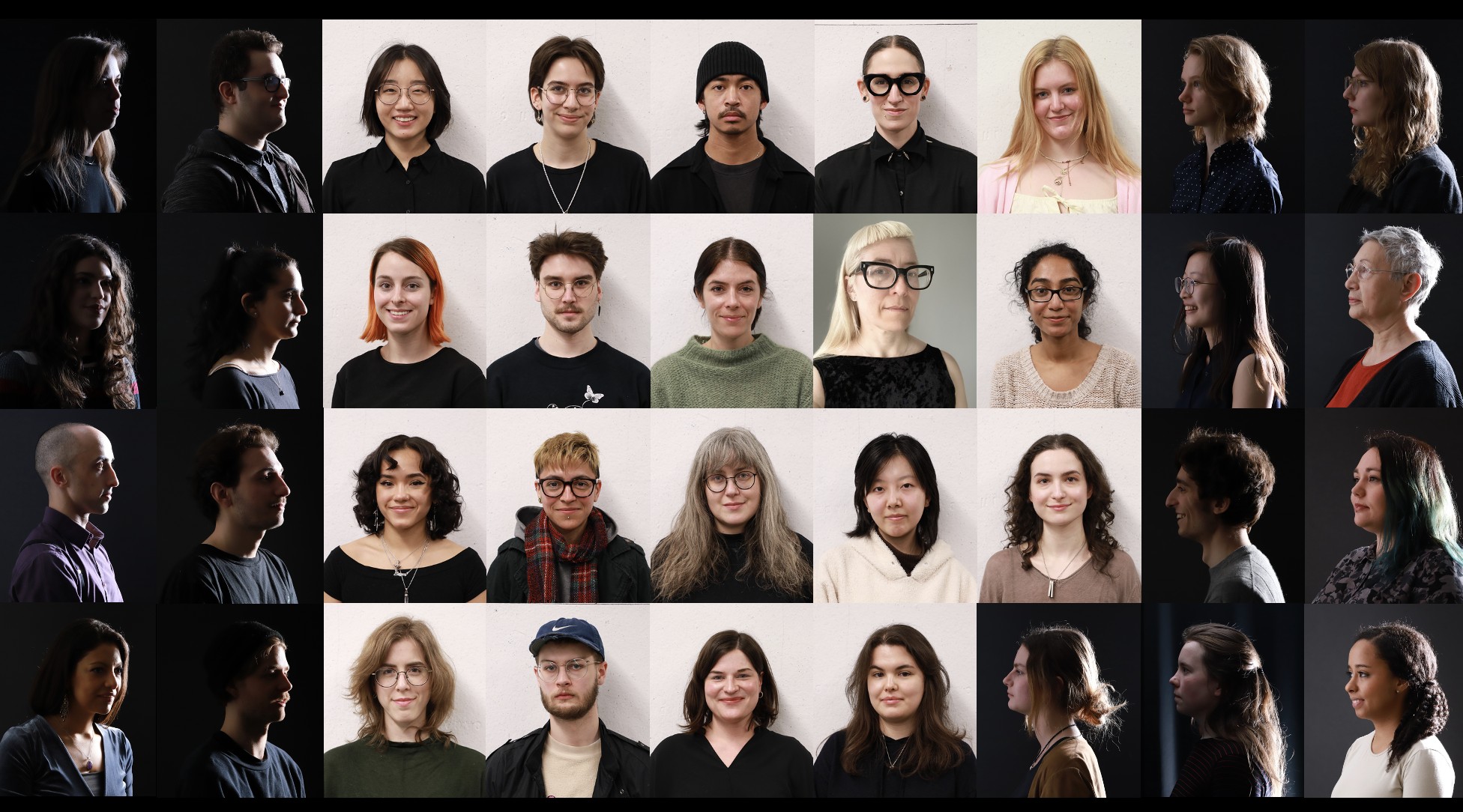
This study, led by Cristian Zaelzer, explores art-based research-creation methodologies applied to transdisciplinary learning and new methods to deliver more equitable, diverse, and inclusive (EDI) sustainable learning. Our goal is to enable collaborative, immersive classroom experiences that are transferable to exchanges with the public.
Most communication of scientific and artistic knowledge with the public gets lost in jargon. Differential exposure to higher education and critical thinking contributes to the many communication obstacles compounded by discrete social narratives and learning based on a knowledge deficit model.
Effective communication requires understanding how affect and emotion can be instrumental in making connections and establishing trust. In this context, the practical translation of scientific information into artistic outcomes and materials that can convey emotions and feelings becomes a critical new skill.
Our primary subjects are the students who finished the six-credit Fall-Winter course “Convergence: Art, Neuroscience and Society (DCART 499AA/ DART 631A/ DART 651A),” hosted at Concordia University Faculty of Fine Arts. And the course “Neuroscience of SciArt (ART3191)” at the Department of Visual Arts of the University of Ottawa. These courses offered enrolled students an opportunity to learn and collaborate on interdisciplinary projects based on scientific findings reflected and questioned through the arts and design points of view. The students are invited to engage with the public by sharing their work in a student art-science symposium and a final art-science exhibition.
Our study offers the potential to discover new approaches to teaching and learning that extend across disciplines. By fostering science-art exchanges between students, we aim to advance transdisciplinary work. Understanding the impact of the collaborative methodologies used in class, our study seeks to determine the impact of two-way engagement as a form of knowledge mobilization among scholars, learners, and the public, sparking excitement for new learning experiences.
Our research is guided by thought-provoking questions that delve into the heart of our study. How do art-science partnerships contribute to decolonizing discourses of creativity and learning? In what ways does technology function to equalize access and transform lifelong learning? How do interdisciplinary inter-university student collaborations advance learning communities? And what are the benefits for students to work with fields that do not typically crossover with their line of work?
We are genuinely curious about the experiences of students after they complete the course. How do they apply their newfound knowledge and skills? What impact does the course have on their future work and learning? How the work among artists, designers, and neuroscientists contributes to the development of multisensory and multimodal methods of inclusive creativity that could potentially reduce structural learning barriers. What are the tangible benefits of teamwork, communication, and affective responses to develop skills that address accessible learning? And how immersive experiences, like the exhibitions and symposiums, contribute to improving accessibility to the public. Your experiences are valuable to us.